








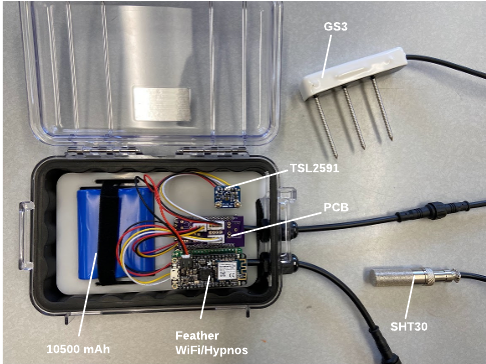

Growing up, I was told people either were right-brined or left-brained, creative or analytical, but not both. Failing 9th grade biology, I had decided at age 14 that Math and Science were scary and to be avoided. If anyone who knew me in middle and high school told you I’d become a Biological and Ecological Engineering and Music Technology professor, they’d say you didn’t know me very well. What made the difference in my life?
I was able to attend college on a music scholarship. The transformation happened my first semester, learning to program music with numbers in MaxMSP. To make algorithmic beats, I desired to take programming classes. To build a better synthesizer, I took physics of sound. Educational technologies that make learning concepts like engineering, math, programming and science fun and insightful through music made an impact in my life.
A unique approach I bring to design is the goal that the instruments and software I produce not only make an impact in my creative work and research, but also in classrooms and educational outreach (workshops and summer camps).




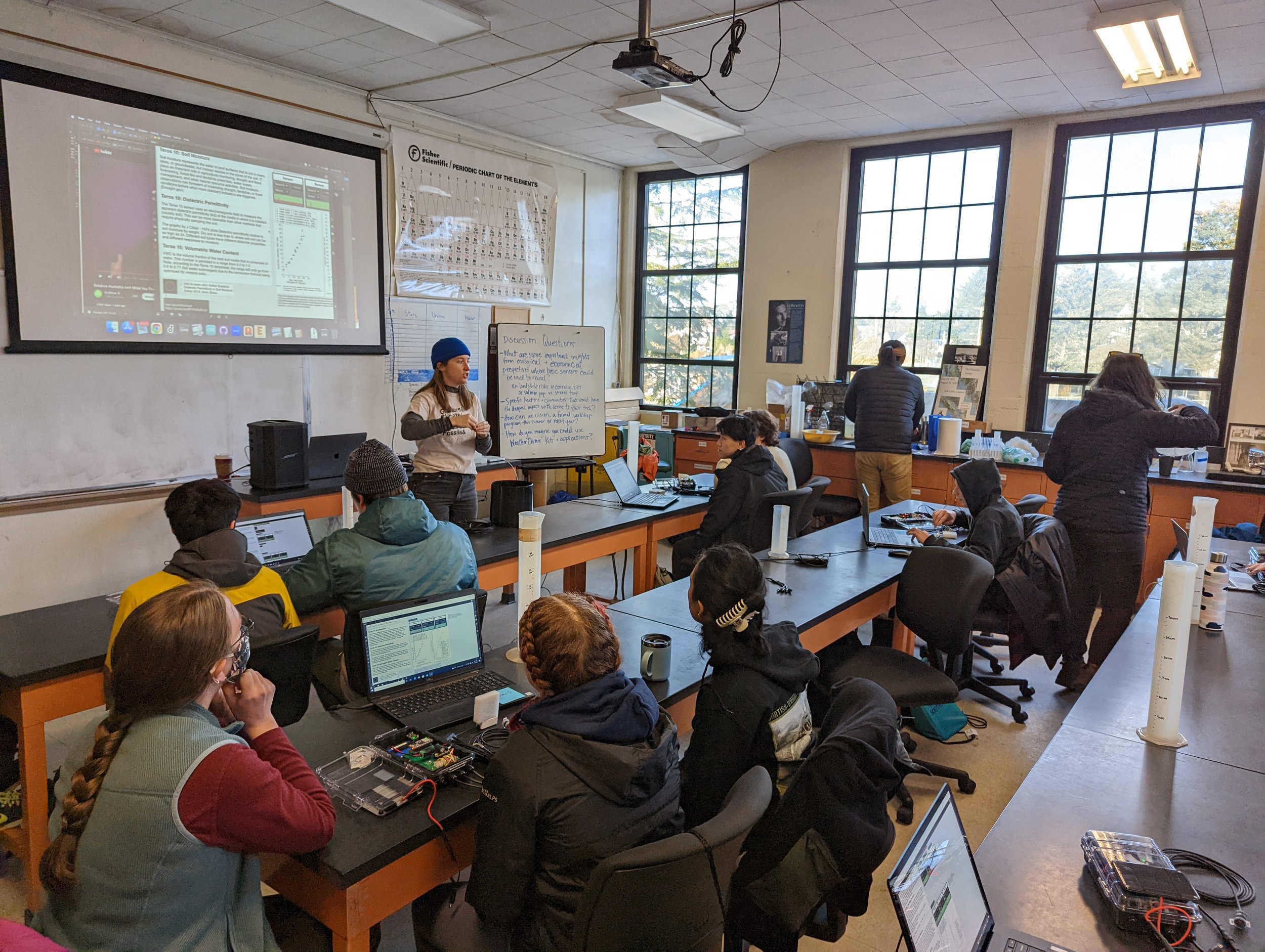




Ear2Earth, NSF, Sitka Science Center, WhaleFest 2022, 2023
My lab is a key collaborator on the NSF (grant no. 2052972) Focused CoPe: Building Community Sensor Networks for Coastal Hazards and Climate Change Impacts in Southeast Alaska. Our mission is to work with the Sitka Sound Science Center, University of Alaska Southeast, Chilkoot Indian Association, and Tlingit & Haida communities to conduct community outreach and collaborative STEAM education events relating environmental monitoring to music and art over a 5-year period. We’re part of a large coalition of partners, each with their own environmental monitoring programs, Ḵutí, the Tlingit word for weather. My students and I developed WeatherChimes, to use in these workshops. It is an internet-connected Environmental Sensor kit that enables you to not only monitor things like sunlight, soil moisture, temperature, and humidity in real-time; but also provides a suite of applications to translate this data into music and digital art. These kits can be used for scientific monitoring as well as engaging STEM / STEAM educational platforms to stimulate learning of engineering, programming, and environmental science. We’ve served over 120 students and community members and counting with really cool data sonification and environmental sensing activities!


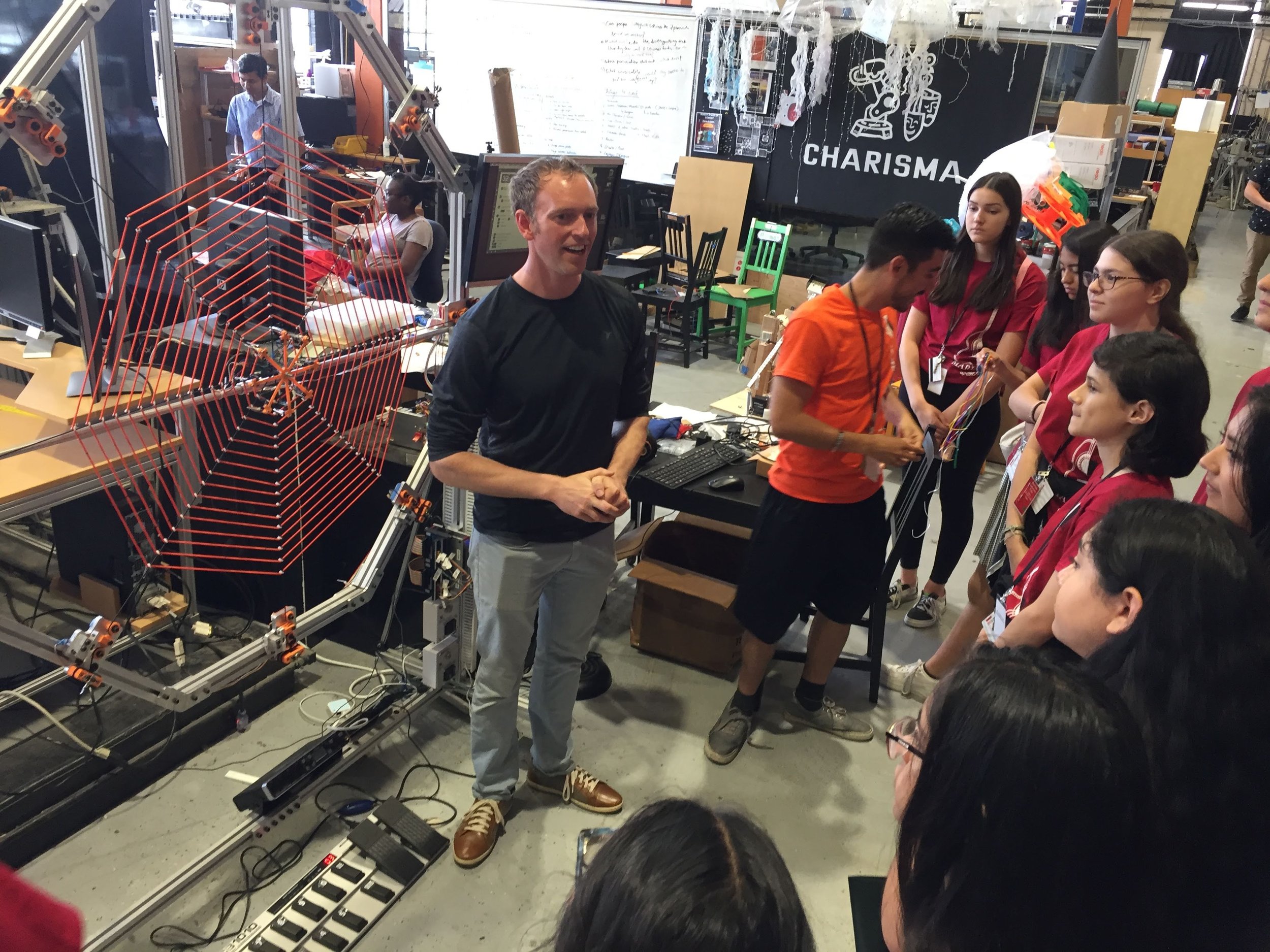

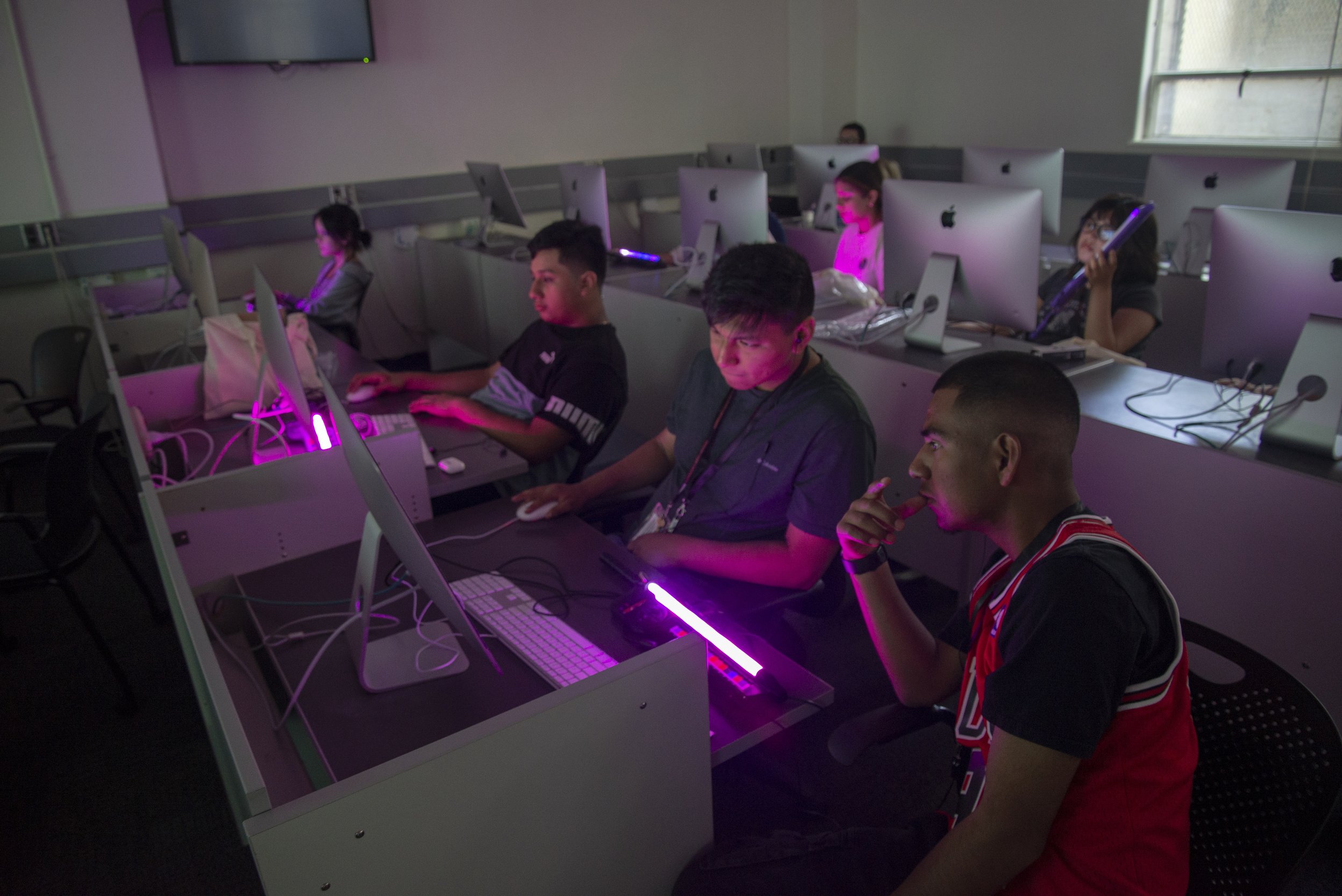
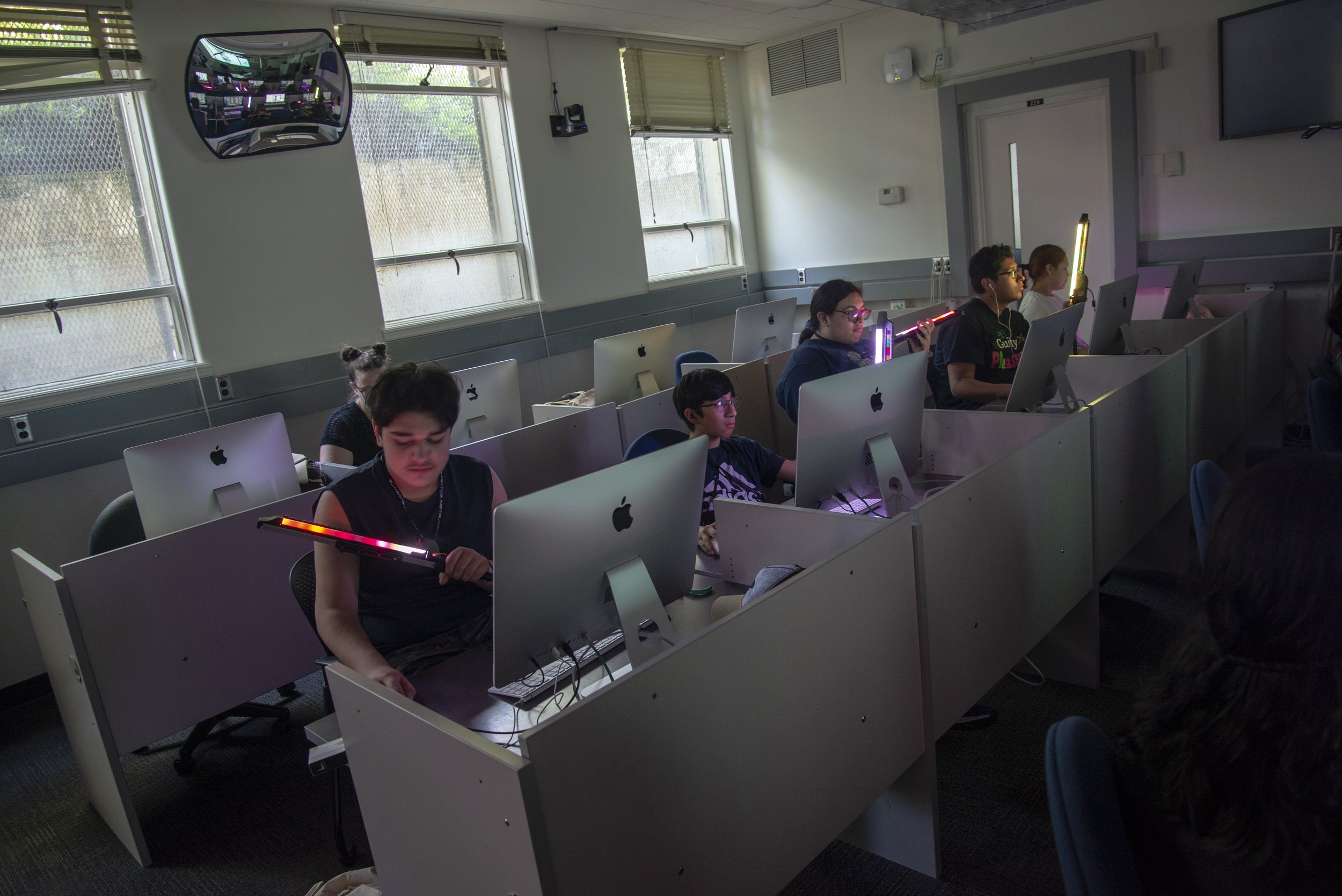

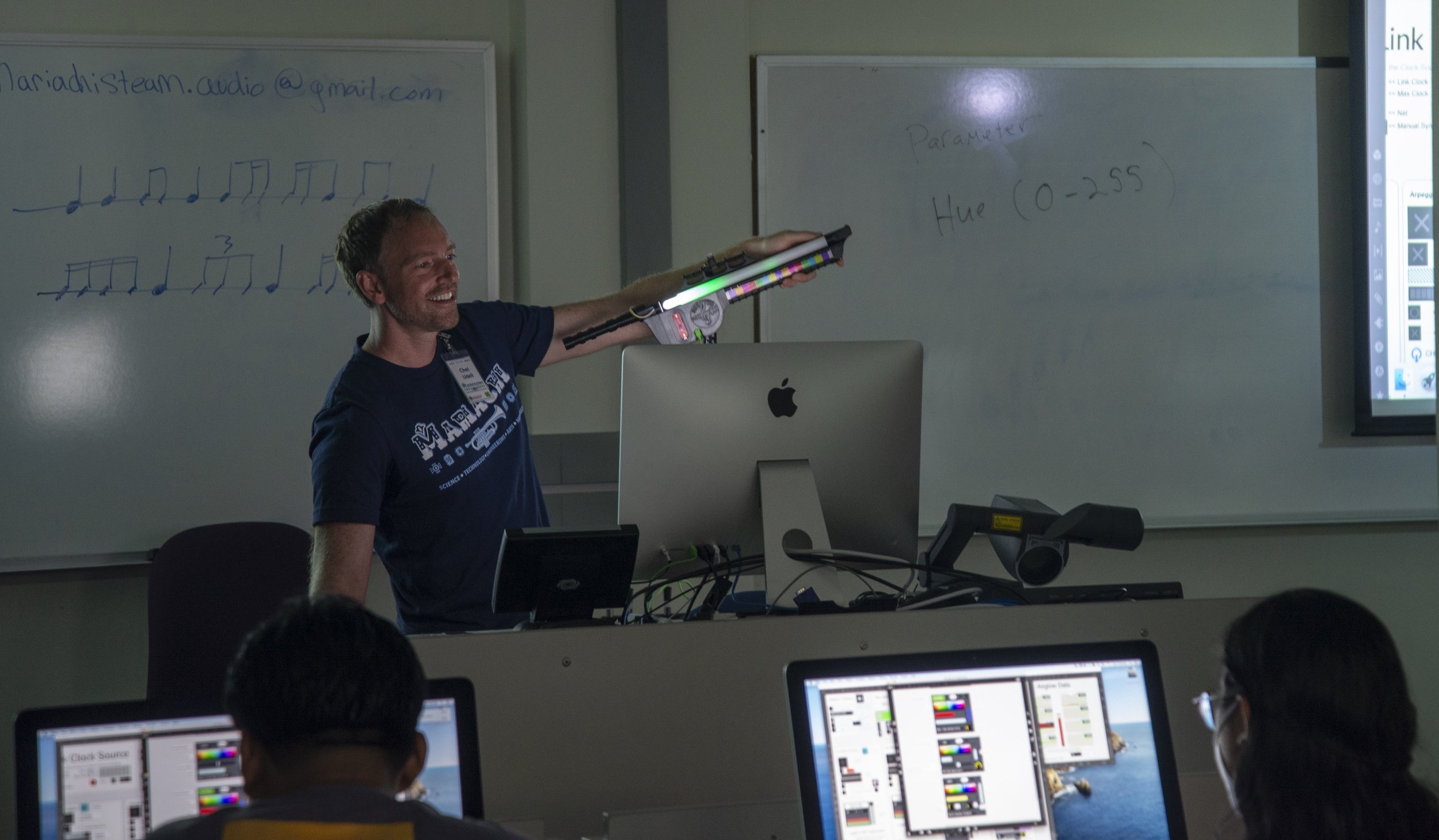

Mariachi STEAM Camp 2019, 2022
The Mariachi STEAM Summer Camp is an opportunity for students to explore the magical connections between music, math, science and technology. I served as the music technology and music theory instructor for 5th – 12th graders in 2022 summer camp and technical presenter and performer in the 2019 program. This Intel-sponsored program provides opportunities for Latinx students from underserved communities to explore careers in science, technology, engineering, and the arts while learning mariachi performance.








How Big Is Your Dream?
In June ‘22, we partnered with the How Big Is Your Dream Foundation’s Summer Academy of the Arts. 38 middle to high school students used AirGlows to learn new music technology, production, and performance skills that culminated in a live final concert with the AirGlows on stage. The HBIYD Summer Academy of the Arts engages students that aspire to have a career in the field of music and arts with industry professionals and educational activities for performance, music technology, lifestyle management, and academic achievement.







TWIGA Hackathon for Environmental Sensors and IoT for Climate Services 2018 in Kumasi, Ghana
To foster involvement by young scientists and entrepreneurs, TWIGA (an H2020 project in which TAHMO is a partner) organized a hackathon on sensor design competition in KNUST: Kwame Nkrumah University of Science and Technology - a university in Kumasi, Ashanti, Ghana. TAHMO (Trans-African Hydro-Meteorological Observatory) is a joint initiative of Delft University of Technology (the Netherlands) and Oregon State University and aims to install a dense cost-effective network of 20,000 weather stations in Africa. Because the hackathon is partly funded by TWIGA, there has to be a realistic outlook towards a service. Therefore the objective of the hackathon in Kumasi will be to develop a viable product (environmental sensor and/or service) in 5 days in line with the TWIGA products and services. At the moment the products and services being considered some of which have been tested by TWIGA partners are in the Agriculture, Water, Energy, Disaster Response and Management and Insurance sectors. I was organizer and instructor for the 2018 activities. 8 teams developed products and services in environmental sensing using sensor kits designed by Udell’s lab.
CASCADE Initiative, University of Oregon 2016
The format of the CASCADE STE[A]M Institute will be a 2-week (40-hr) hands-on learning opportunity exploring the latest techniques, hardware, and software for employing wireless sensor networks to control the digital world around us. Week one will focus on upgrading the skills and state-of-the-art knowledge of practicing teachers. Through hands-on workshops and lectures, teachers will be introduced to cutting-edge hardware and software, new methods, and lesson plans for instructing students in various STE[A]M activities. Week two of the institute will focus on reinforcement through teaching. Area middle-school students will participate one-on-one with a CASCADE teacher. Teachers will instruct students, applying the skills and curriculum learned in the previous week.
Week-two middle-school students will be engaged in science and engineering lessons with technology-rich, hands-on experiences, which foster critical thinking, and engineering practices. Teachers will guide students in discovery and appreciation of the iterative creative process and learn to make use of technological resources which builds their confidence in pursuing future STE[A]M learning and careers. It is our hopes that this informal hands-on learning experience will foster a heightened curiosity, awareness, and inspiration for these students to pursue STE[A]M based fields of inquiry in the future.